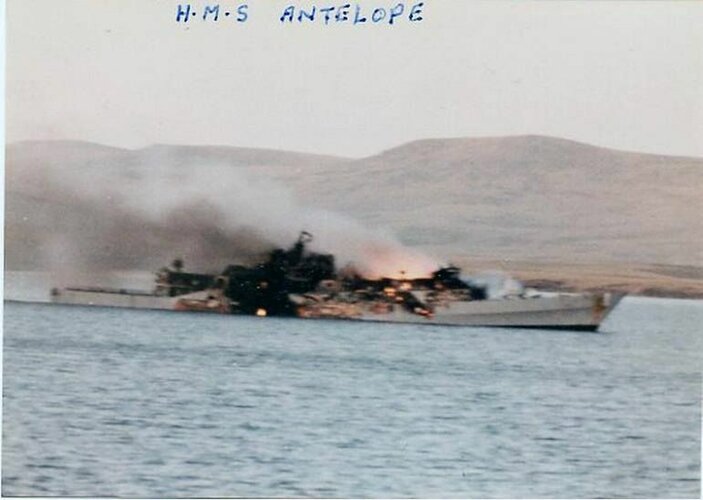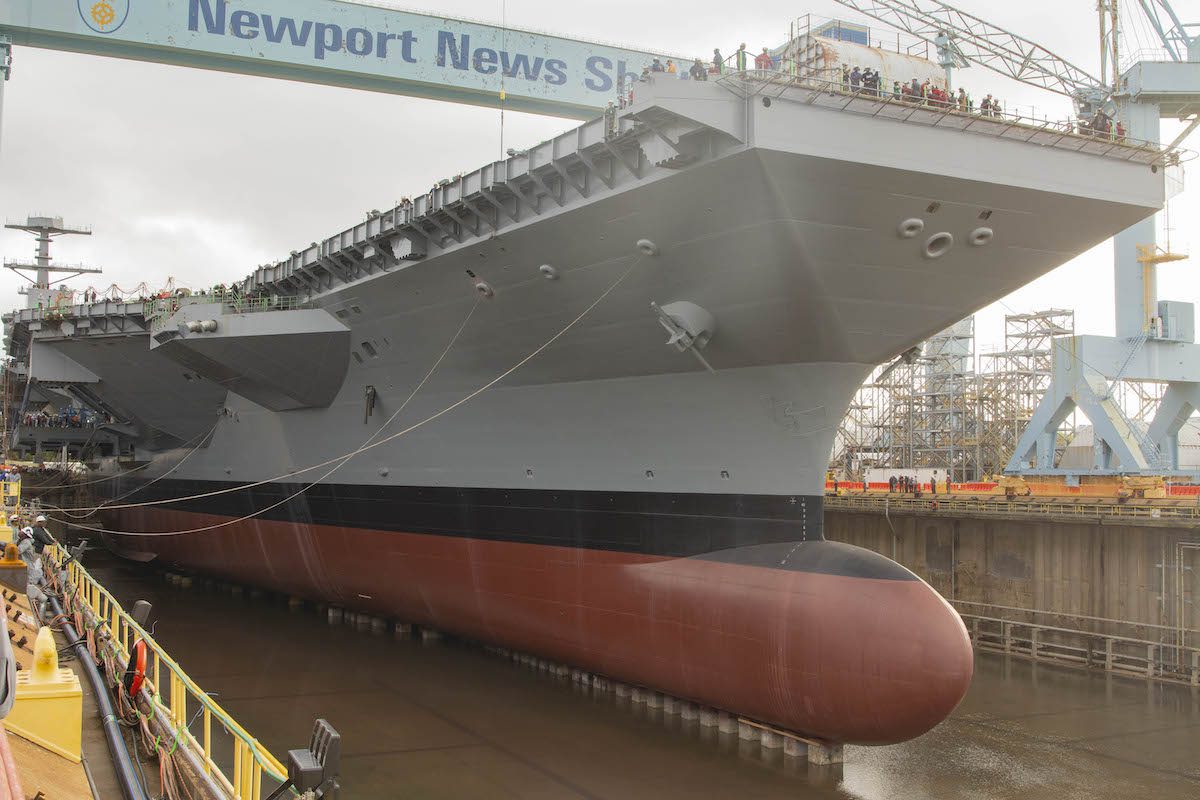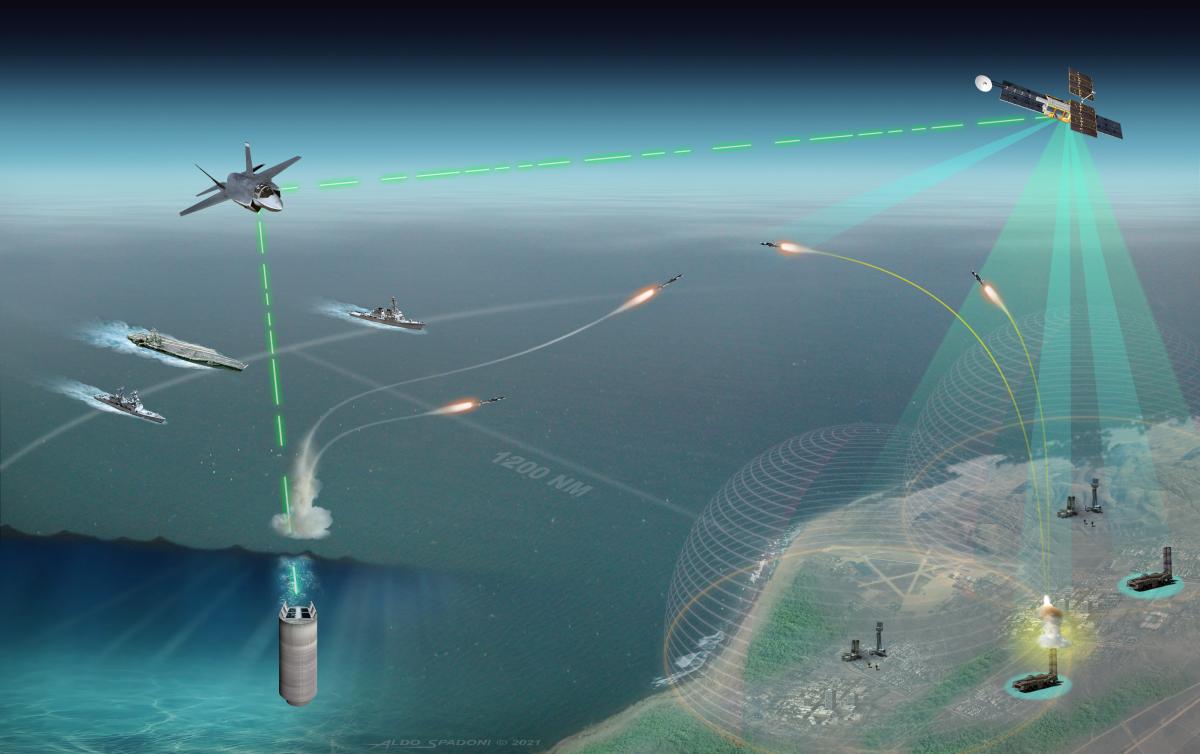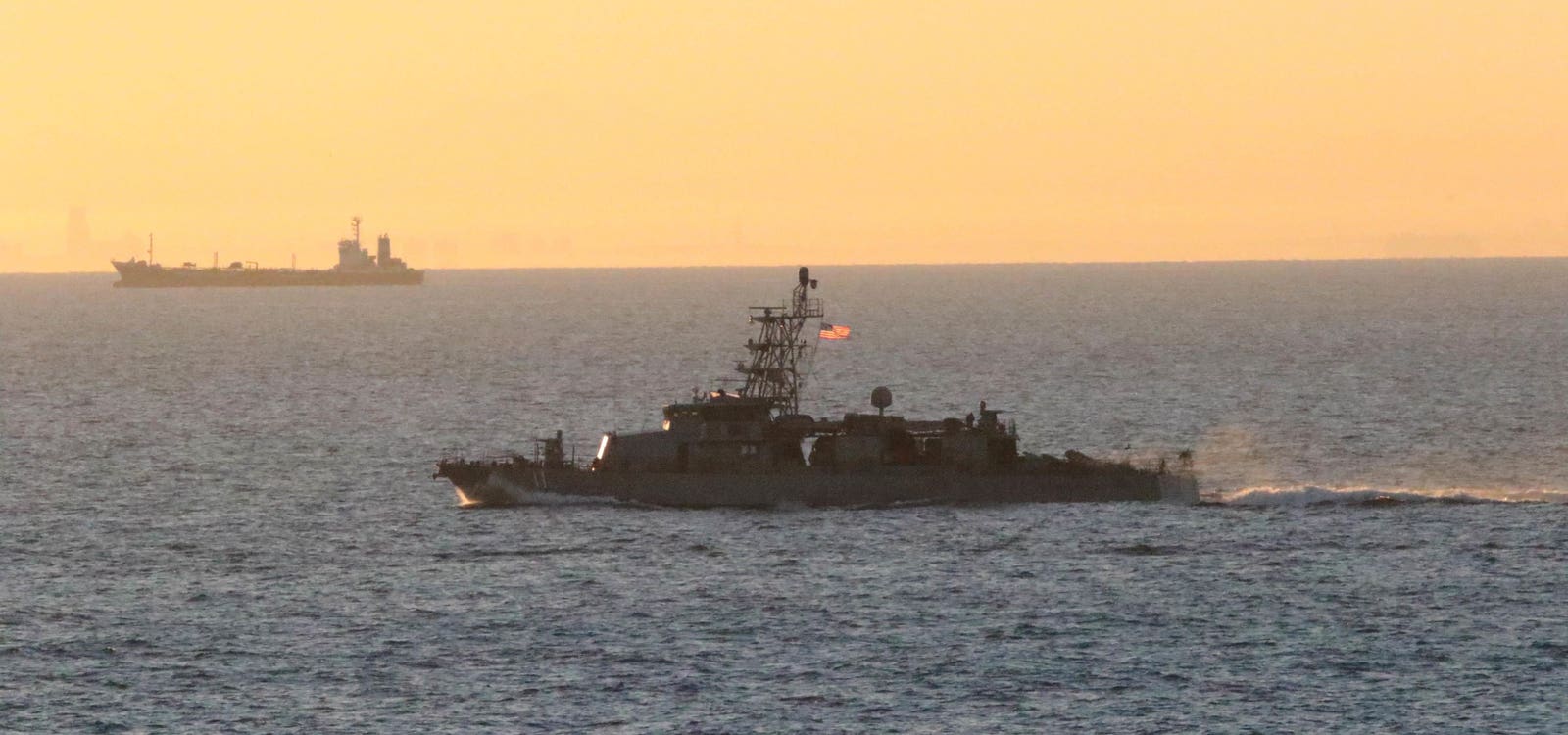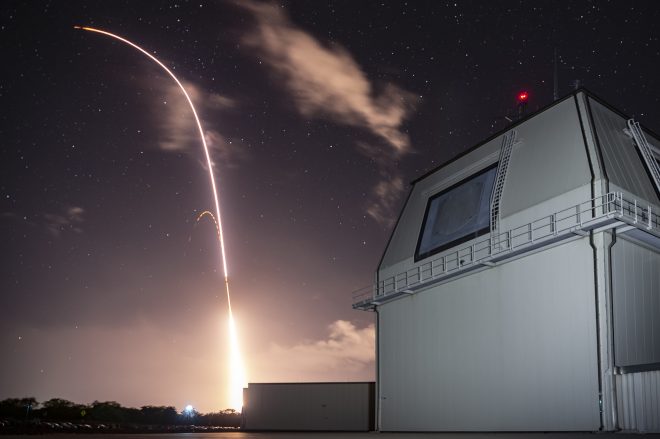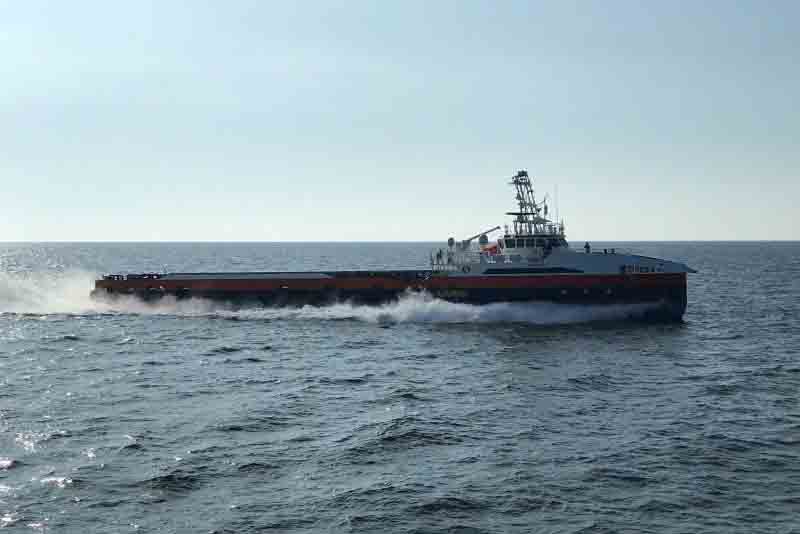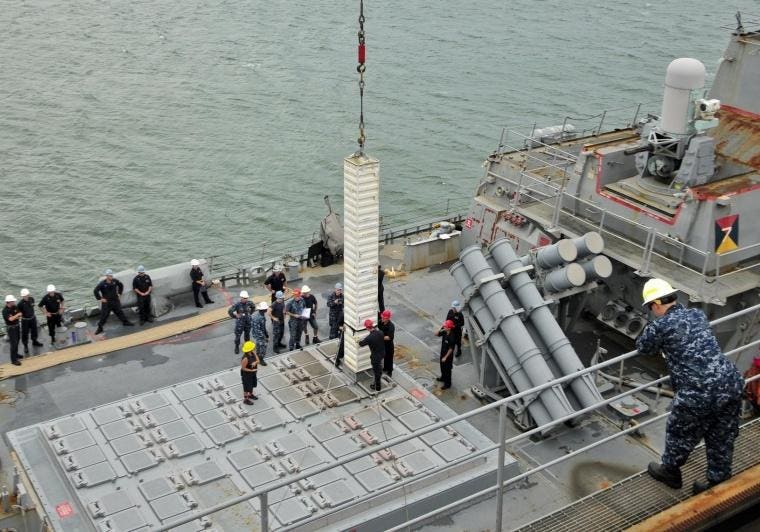shin_getter
ACCESS: Top Secret
- Joined
- 1 June 2019
- Messages
- 1,109
- Reaction score
- 1,493
What should be attempted is perhaps, an arms control treaty. Arms race is a big waste of money but especially bad for the side with the weaker economy in this case, the United States with lower GDP(PPP) and poor ship building capability. New technology does not look like the solution, the tech on the table does not seem to change the numbers game like new fighter aircraft generations that cleanly invalids previous aircraft, nor does there appears to be sustained technological barriers left to keep the Chinese behind.

 Add active ships in every theater (wow, Russian navy~~~ Also Caribbean task force) when a economic superior opponent demands focus and sound strategy.....
Add active ships in every theater (wow, Russian navy~~~ Also Caribbean task force) when a economic superior opponent demands focus and sound strategy.....
The PLAN surface fleet could be fought by air and space based kill chain with help from land/submarine launchers. A pile of DF-21/17 equivalents scattered around the pacific can shut PLAN in.
Escorting convoys is a role that surface combatants can do better than all other platforms. We should expect XLUUV with missile launchers to be available soon, and the lack of crew means the side with sheer industrial strength can ramp up production like nothing else. (PLAN busy expanding submarine production too) MQ-9 isn't shooting down anti-ship missiles and the low capability means "anti-air loitering munitions" can possibly counter defeat it: not a sound strategy.
Look at the entire history of submarine warfare on dispersion based defenses....
With long range aircraft and in flight refueling, the potential for mass is beyond past campaigns. Being anywhere near the first island chain isn't a matter of task forces, it is matter of "THE battle fleet" as maximum mass as the entire inventory of available aircraft and missiles may descent in one massive pulse. Division is deadly in missile salvo contests.
Impressions: can one be pitching for spending money any more than thisHeritage Foundation’s take on getting to a bigger navy

Rebuilding America’s Military: The United States Navy
The Rebuilding America’s Military Project This Special Report is the fifth in a series from the Rebuilding America’s Military Project of The Heritage Foundation’s Center for National Defense, which addresses the U.S. military’s efforts to prepare for future challenges and rebuild a military...www.heritage.org
Navies just have to go full IJN~First, the Navy has only limited assets available for convoy escort duty. The Navy does not intend to use battle force ships for convoy duty. There simply are not enough ships available....
the MQ-9B, could operate more easily at lower altitudes and be modified for anti-submarine warfare (ASW)... It also has a potential role in convoy protection, using radar and sensors optimized for ASW such as miniature sonobuoys, currently being developed, to localize hostile submarines....
....Navy today will not be able to provide convoy escorts to military sealift.
The PLAN surface fleet could be fought by air and space based kill chain with help from land/submarine launchers. A pile of DF-21/17 equivalents scattered around the pacific can shut PLAN in.
Escorting convoys is a role that surface combatants can do better than all other platforms. We should expect XLUUV with missile launchers to be available soon, and the lack of crew means the side with sheer industrial strength can ramp up production like nothing else. (PLAN busy expanding submarine production too) MQ-9 isn't shooting down anti-ship missiles and the low capability means "anti-air loitering munitions" can possibly counter defeat it: not a sound strategy.
Operations research have shown the dispersion makes submarine attacks easier even without escorts by concentrating ships and thus lowering sensor foot print. Firepower limits of submarines means that only a fraction of a detected convoy can be sunk. But lets look it the other way: with MQ-9 as escort, sub-launched UAV can likely run ISR uncontested, if modern sonars against civilian grade propulsion wasn't enough.Dispersal is a method of defense against the large number of Chinese cruise and ballistic missiles targeting the Western Pacific.
Look at the entire history of submarine warfare on dispersion based defenses....
Never divide the battle fleet.coherent task-focused force
With long range aircraft and in flight refueling, the potential for mass is beyond past campaigns. Being anywhere near the first island chain isn't a matter of task forces, it is matter of "THE battle fleet" as maximum mass as the entire inventory of available aircraft and missiles may descent in one massive pulse. Division is deadly in missile salvo contests.
Last edited:


